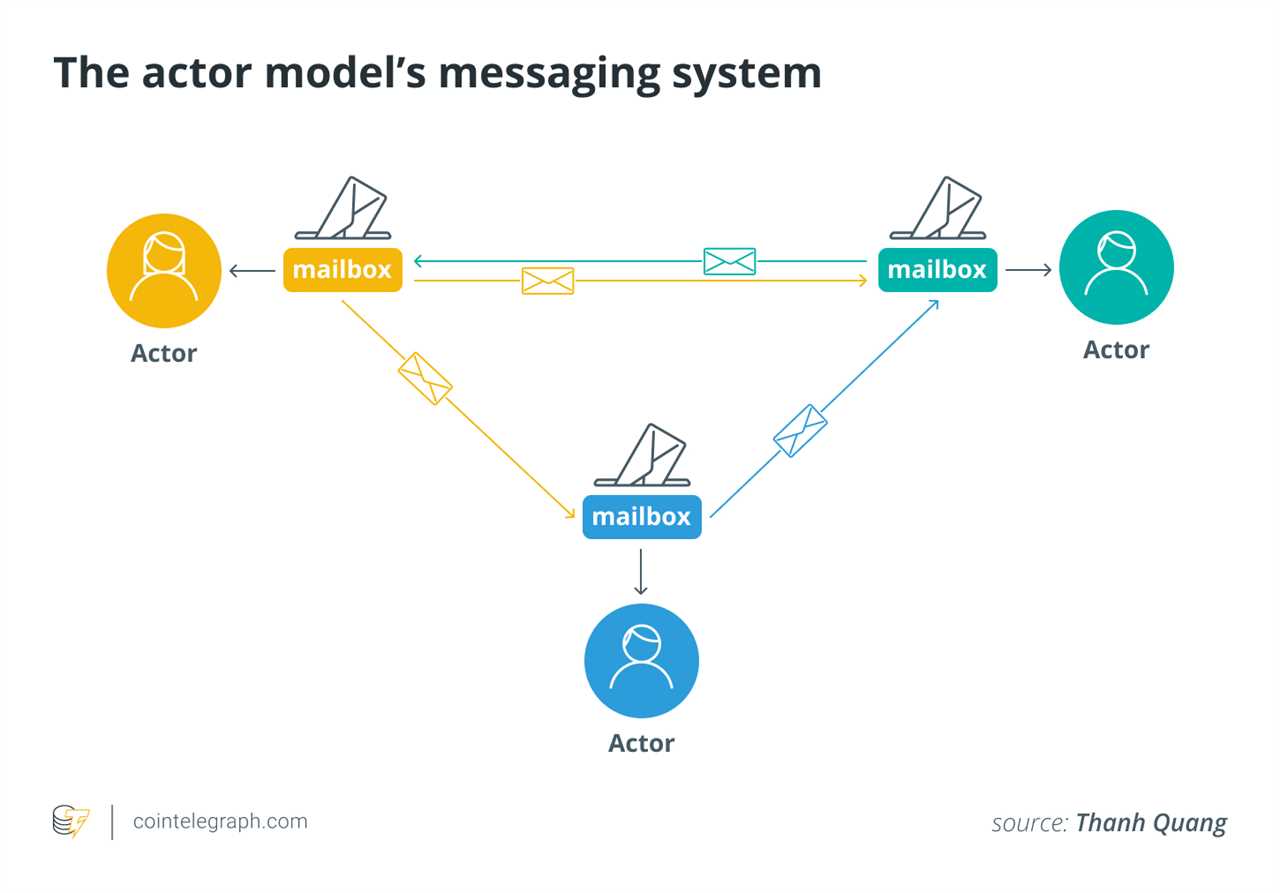
The Limitations of Existing 2D Gaming DApps
Decentralized applications (DApps) have gained popularity for their transparency, security, and user asset ownership. However, when it comes to delivering high-quality AAA gaming experiences through DApps, there are challenges to overcome.
Existing 2D gaming DApps, which operate on blockchain networks using smart contracts for asset management, have limitations that become evident as the complexity of the gaming experience increases. Scalability and performance are primary hurdles for traditional blockchains like Ethereum, impacting real-time interactive gaming due to constraints surrounding transaction throughput and latency. Additionally, the cost of developing AAA gaming DApps is high due to resource-intensive tasks and blockchain execution fees.
The Actor Model: A Solution for Complex DApp Development
The "actor model" is a communication model used within the Gear Protocol, which enables parallel computing and asynchronous messaging within a blockchain protocol. This makes it possible for developers to build complex DApps with less difficulty.
Within this model are actors — programs or users that send messages to other programs in the protocol. Each actor has a mailbox and a private state that cannot be directly changed by another actor. Messages between actors are processed in cycles, allowing for non-blocking processing of transactions and smart contracts.

The Benefits of Asynchronous Message Handling
Asynchronous message handling in blockchain programming offers several significant benefits for DApp development:
- Improved Performance: Asynchronous messaging enables concurrent execution of multiple tasks, enhancing the performance of the blockchain network. This allows for reduced transaction processing times and improved overall throughput, which is crucial for providing a smooth and enjoyable gaming experience.
- Resilience to Network Conditions: Asynchronous messaging makes DApps more resilient to fluctuations in network conditions and temporary failures. The actor model allows the system to recover quickly and continue functioning seamlessly, even in the event of disruptions or network trouble.
- Enhanced Scalability: Asynchronous messaging enables the distribution of tasks across multiple nodes, allowing the system to scale more efficiently and handle higher transaction volumes without sacrificing performance.
- Event-Driven Architectures: Asynchronous message handling supports event-driven architectures in DApps, reducing unnecessary computational overhead and conserving network resources. This leads to more efficient and responsive applications.
- Real-Time Feedback: By adopting asynchronous processing, actors in DApps can receive real-time feedback on their transactions, ensuring efficient processing and quick confirmations.
Unleashing the Potential of AAA Gaming DApps
By leveraging asynchronous message handling, developers have the opportunity to unlock the full capabilities of blockchain technology within the gaming sector. This methodology allows for the creation of powerful AAA-style gaming DApps that can cater to the demands of an expanding user base and meet various use cases across industries.
With asynchronous message handling, developers can overcome the limitations of traditional blockchains, deliver immersive experiences, and create DApps that are scalable, resilient, and efficient. It's a game-changer for the future of decentralized gaming.
Did you miss our previous article...
https://trendinginthenews.com/crypto-currency/binance-collaborates-with-law-enforcement-to-take-down-thai-crypto-scam-syndicate






